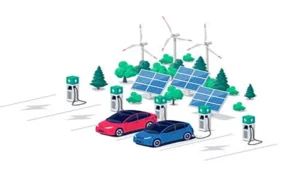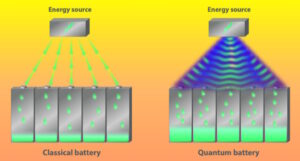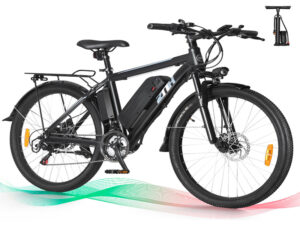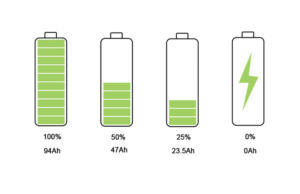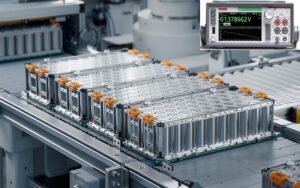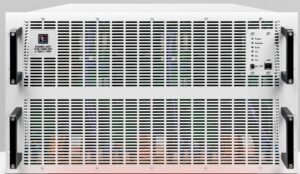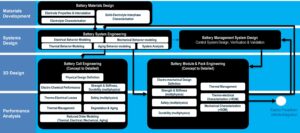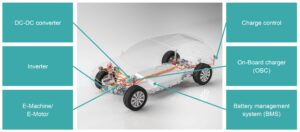The urgency of mitigating climate change and reducing greenhouse gas emissions has prompted businesses to adopt more sustainable transportation solutions, particularly electric vehicles (EVs). Lithium-ion batteries (LIBs) are at the forefront of electrification. McKinsey predicted that the entire LIB chain, from mining through recycling, could grow by over 30% annually from 2022 to 2030, reaching…
How can quantum sensors and quantum batteries improve electric vehicle operation?
In the near term, quantum sensors are being developed that can more accurately measure EV battery capacity, assess battery safety, and reduce vehicle weight. In the longer term, quantum batteries have been proposed that could dramatically improve the speed and efficiency of battery charging. The energy remaining in an EV battery has been estimated using…
What are e-bikes?
In this article, we’ll explore the types of e-bikes available and their features. In terms of e-mobility, e-bikes stand out as a compact, affordable option for many.
What is an EV battery state of charge (SOC)?
An electric vehicle (EV) battery state of charge (SOC) represents energy levels as a percentage. Analogous to an internal combustion engine (ICE) fuel gauge, SOC clearly indicates available energy that directly corresponds to the driving range. This article explains how SOC is calculated and explores the different methods used to determine these calculations. It also…
What is a lithium battery digital passport?
A digital battery passport provides easy access to structured, reliable, and complete information about the battery. This fresh initiative in the US lithium battery landscape aims to simplify consumers’ choice and use of batteries. The US government agencies are working on battery passport requirements, centralizing battery specifications and pertinent details, making it user-friendly for the…
Battery testing: critical to the rise of electric vehicles
When designing a battery into an EV, you must perform rigorous testing to understand a battery’s performance. Electric vehicles (EVs) accounted for 13% of global vehicle sales in 2022 and are forecasted to reach 30% of global vehicle sales by 2030. The industry needs to continue working on making EVs affordable to support this transition…
Testing batteries for an evolving world
Battery testing enables vehicle manufacturers, owners, and researchers to make informed decisions, optimize vehicle performance, and enhance overall user experience. Demand for electric vehicles is amping up. Every one of these vehicles needs large batteries, and the industry is responding by building plants. Energy.gov forecasts that by 2030 electric vehicle battery manufacturing capacity in North…
EV battery tests involve lots of power
In a video, EE World spoke with a power-supply applications engineer about why RV batteries use such high voltages and how to test them. Batteries are perhaps the most expensive component of an electric vehicle. Typically producing 800 V to 900 V, batteries deliver the power needed move the vehicle. Of course, EV batteries need…
How does MBSE work for EV and stationary battery energy storage systems?
Model-based systems engineering (MBSE) is comprehensive. The International Council on Systems Engineering (INCOSE) defines MBSE as the “formalized application of modeling to support system requirements, design, analysis, verification, and validation activities beginning in the conceptual design phase and continuing throughout development and later life cycle phases.” It’s especially applicable to complex systems of systems like…
How is functional safety defined & implemented for batteries in EVs and BESS?
Li-ion batteries can store large amounts of energy, and they can support high rates of power delivery. They are the preferred energy storage technology for EVs and large battery energy storage systems (BESS). But if not properly managed, they can also present safety hazards. That makes functional safety a critical consideration when designing large Li-ion…

